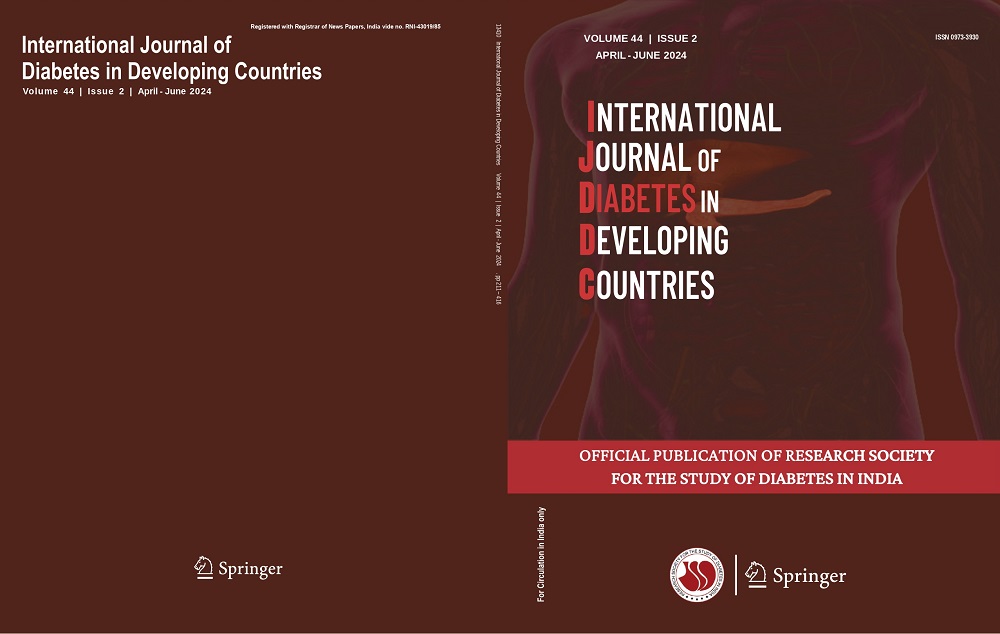Maxwell Ikechukwu Ezeja, Yusuf Saidu Omeh, Chiamaka Mbagwu
Keywords
Glibenclamide • Alloxan • Rodent • Mouse-model
Abstract
Oxytenathera abyssinica is used for the treatment of diabetes mellitus in folklore medicine in Nigeria. In this study, we evaluated its antidiabetic activity in alloxan-induced diabetic mice. Diabetes was induced in the mice by a single intraperitoneal injection of alloxan monohydrate and the fasting blood glucose (FBG) levels measured with blood from the tail snip at 0, 1, 3 and 6 h. The activity was compared with reference drug, glibenclamide (2 mg/kg) and negative control. Oral glucose tolerance test (OGTT) was evaluated by loading glucose to rats at the dose of 2,000 mg/kg and checking their FBG at 0, 60 and 180 min. Antioxidant activity was evaluated using ferric reducing antioxidant power (FRAP) and 1, 1-diphenyl-2- hydrazyl (DPPH) photometric assay. The extract and the reference drug caused a significant (P<0.02–P<0.002) time and dose dependent decrease in the FBG levels of the mice when compared to the negative control; the extract (500 mg/kg) reduced FBG by 38.0 % at the 6th hr as against 45.6% by glibenclamide. In OGTT the extract caused a time dependent decrease in the blood glucose level up to 33.3 % at 180 min at the dose of 300 mg/kg. The extract also caused a concentration dependent increase in antioxidant activity
having 91 % increase and 1.95 total antioxidant activities at a concentration of 400 μg/ml. Extract of Oxythenanthera abyssinica showed significant antidiabetic activity.




